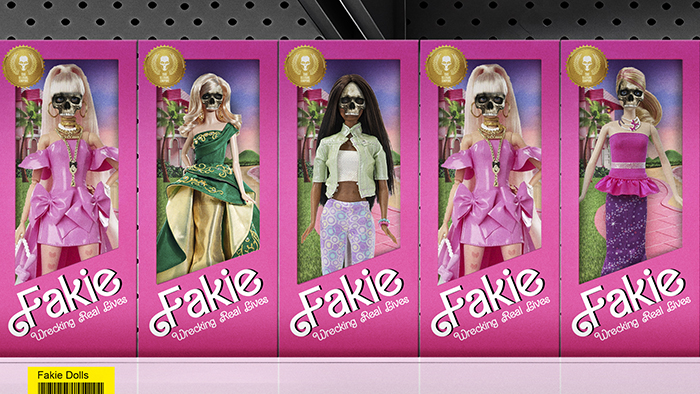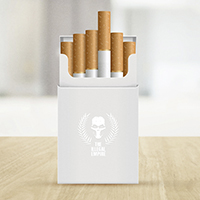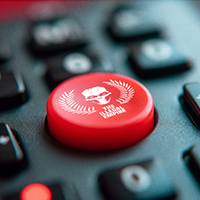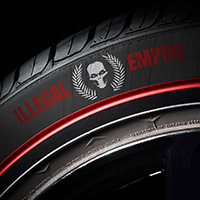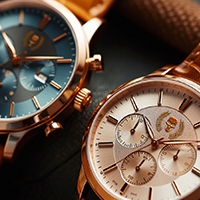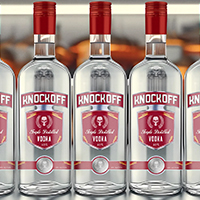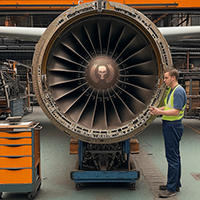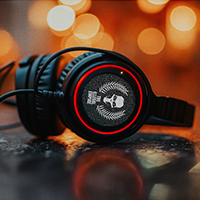The idea of a bargain toy disappears when the health dangers become apparent.
With Christmas approaching, the clamour for toys booms, but with a recession approaching equally quickly, parents can be forgiven for keeping an eye out for a bargain and purchasing presents with a lower price tag.
The problem is, of course, there is likely to be a good reason for that suspiciously lower price. The toy industry is the second most impacted sector in the league table of global counterfeiting and estimates suggest that the manufacturers lose around 11% of global revenue each year to fakes. That would equal $32 billion in 2019, and likely to go higher in the future.
The boom in online shopping in the Covid pandemic and the growth of the online marketplace economy has fuelled the fake boom. ‘Small’ sellers, whether on Amazon and Alibaba, Facebook or Vinted run much smaller risks of legal or regulatory oversight and are able to sell almost undetected. Since the advent of online marketplaces, 52% of toy brands have seen an increase in fake toys.
Such growth may offer purchasers the perception of saving some cash, but there’s the high likelihood of substandard goods that will lead to severe disappointment on Christmas morning. Toys that barely last until the turkey has been polished off are not the route to family happiness.
Yet worse than that are the health dangers. Naturally, counterfeiters are not adhering to safety regulations and that disregard offers up significant dangers.
One of the biggest is the toxic materials commonly found in counterfeit toys. Heavy materials such as lead and phthalates are putting young children in grave danger. Phthalates are known to cause irreversible damage to vital organs, as well as being directly linked to cancer.
And, no matter what the materials are made of, there are the problems of small, sharp and poorly fixed parts which fall off and become choking hazards; small magnets and batteries which can cause serious harm if swallowed; long cords which are a strangulation risk, and poor electrical wiring leading to electric shocks. Those risks can be exacerbated by poor labelling which suggests a toy is suitable for children legally too young to have them.
Toys that hurt their new owners before falling apart are not the bargain they seemed but there is little the consumer can do post-purchase. Clamp-downs by police and local authorities at Christmas can only do so much.
Find out how Crime Stoppers International are tackling the issue at source with demands for greater regulation and by working with legal authorities.
